
Meniscus transplant is a surgical procedure used to replace a damaged or missing meniscus with a donor meniscus. The meniscus is a C-shaped piece of cartilage that provides cushioning and support to the knee joint.
Meniscus transplant is typically recommended for patients who have had a meniscectomy (partial or complete removal of the meniscus) and are experiencing pain and/or instability in the knee joint. The procedure is also sometimes used to treat meniscus tears that cannot be repaired using other methods.
During a meniscus transplant, the surgeon will make a small incision in the knee and use special instruments to remove the damaged or missing meniscus. A donor meniscus, which has been carefully matched to the patient’s knee size and shape, will then be implanted in the knee joint.
The donor meniscus is typically secured in place using sutures or other fixation devices, and the incision is closed using stitches or staples. After the surgery, the patient will need to wear a knee brace and use crutches for several weeks to protect the knee and allow it to heal properly.
It may take several months for the knee to fully heal and for the patient to return to normal activities, and physical therapy is often recommended to help restore strength and range of motion in the knee joint. As with any surgery, there are risks associated with meniscus transplant, including infection, bleeding, and failure of the transplanted meniscus to integrate with the surrounding tissue. It’s important to discuss the risks and benefits of meniscus transplant with your doctor to determine whether it’s the right option for you.
-
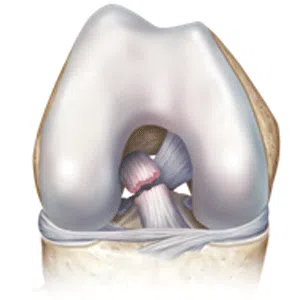
Anterior cruciate ligament (ACL) tear revision
-
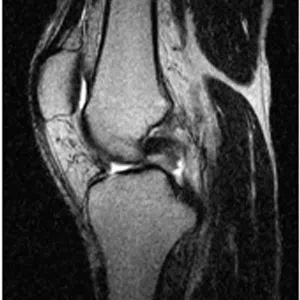
Posterior cruciate ligament (PCL) tear
-
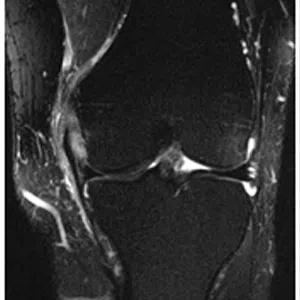
Medial collateral ligament (MCL) injury
-
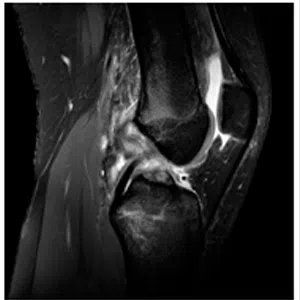
Multi-ligament tear
-
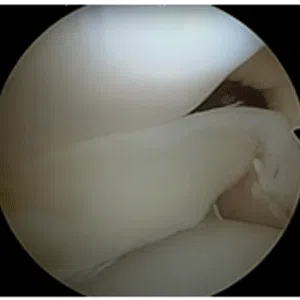
Meniscus tear
-

Meniscus root tear
-
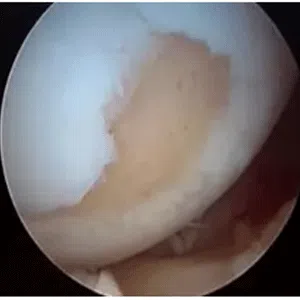
Cartilage injury – repair/ osteochondritis dissecans
-
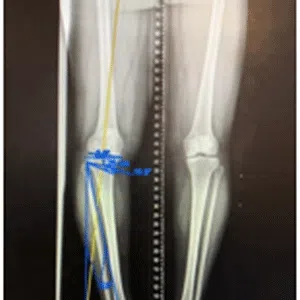
Knee deformity or malalignment – varus/ valgus/ rotational
-
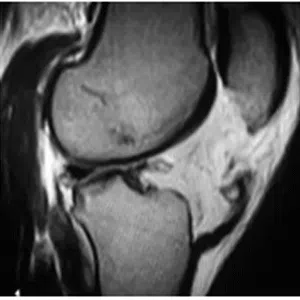
Patellar tendon tear
-
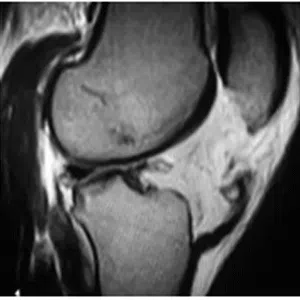
Quadriceps tendon tear
-
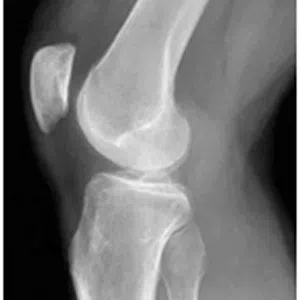
Patellofemoral instability
-
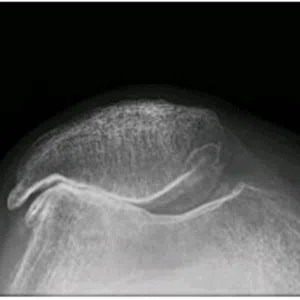
Patellofemoral arthritis
-
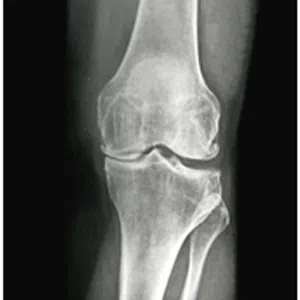
Knee arthritis in young
-
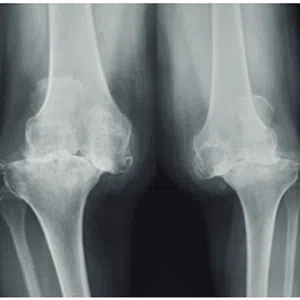
Knee arthritis
-
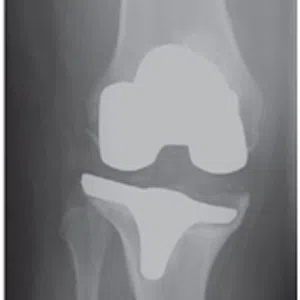
Failed primary total knee replacement
-
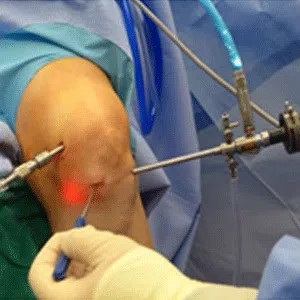
Joint preservation surgery
-
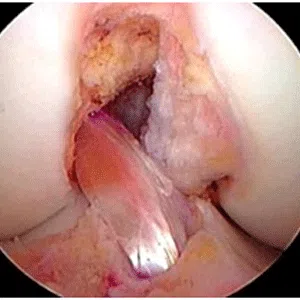
Arthroscopic ACL repair/ reconstruction/ Revision ligament reconstruction
-

Arthroscopic PCL reconstruction
-
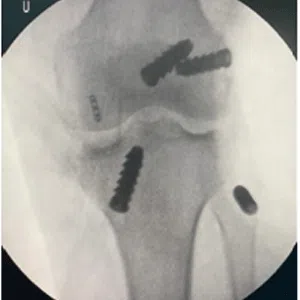
Multi-ligament reconstruction
-
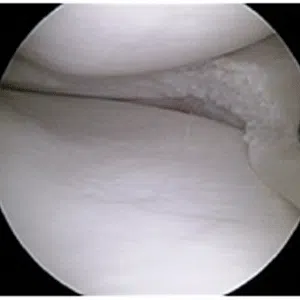
Meniscus surgery –partial meniscectomy/ repair (root tear/ rim lesion)
-

Meniscus transplant
-
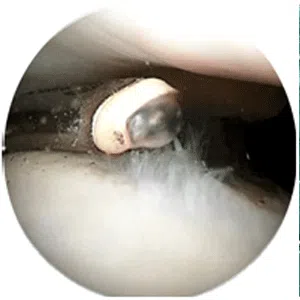
Chondroplasty
-
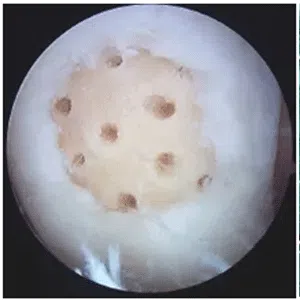
Microfracture
-
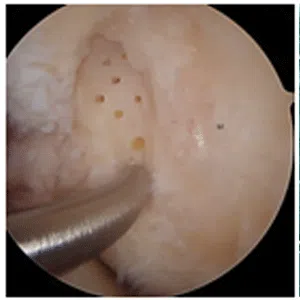
Nanofracture
-
BMAC
-
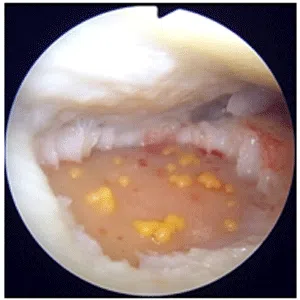
Autologous chondrocyte implantation (ACI)
-

Osteochondral Autologous Transfer Surgery (OATS) or mosaicplasty
-
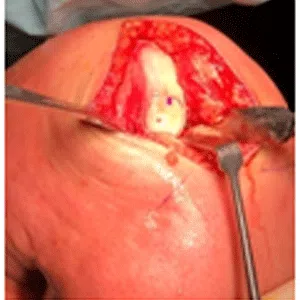
Osteochondral allograft transplant
-
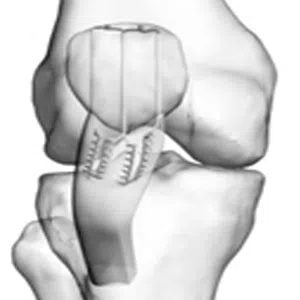
Patellar tendon repair/ quadriceps tendon repair
-
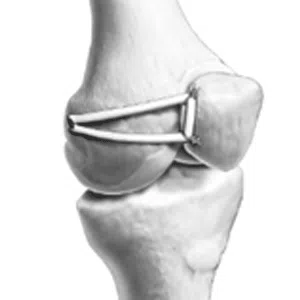
MPFL reconstruction
-

Tibial tuberosity transfer
-
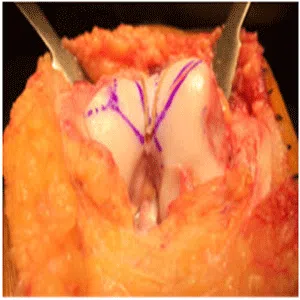
Trochleoplasty
-

De-rotation or rotational osteotomy (Proximal tibial/ Distal femur)
-
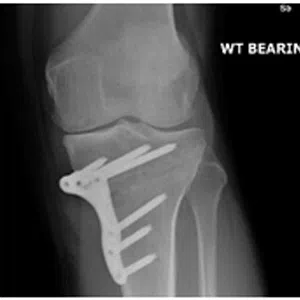
High tibial osteotomy
-
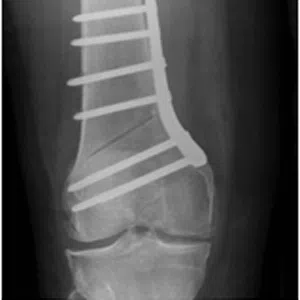
Distal femoral osteotomy
-
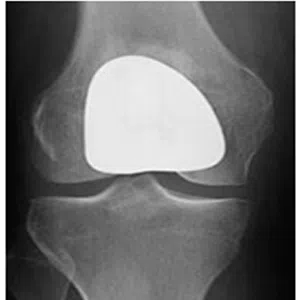
Patellofemoral joint replacement
-
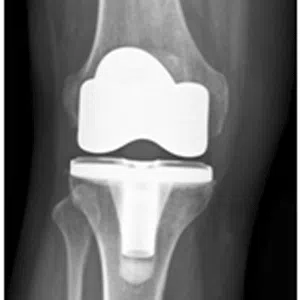
Total knee replacement




